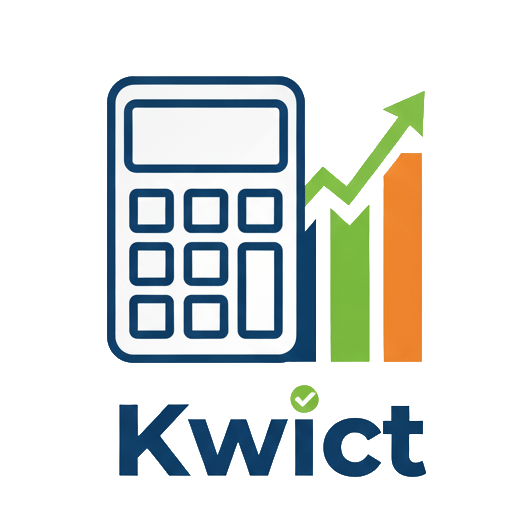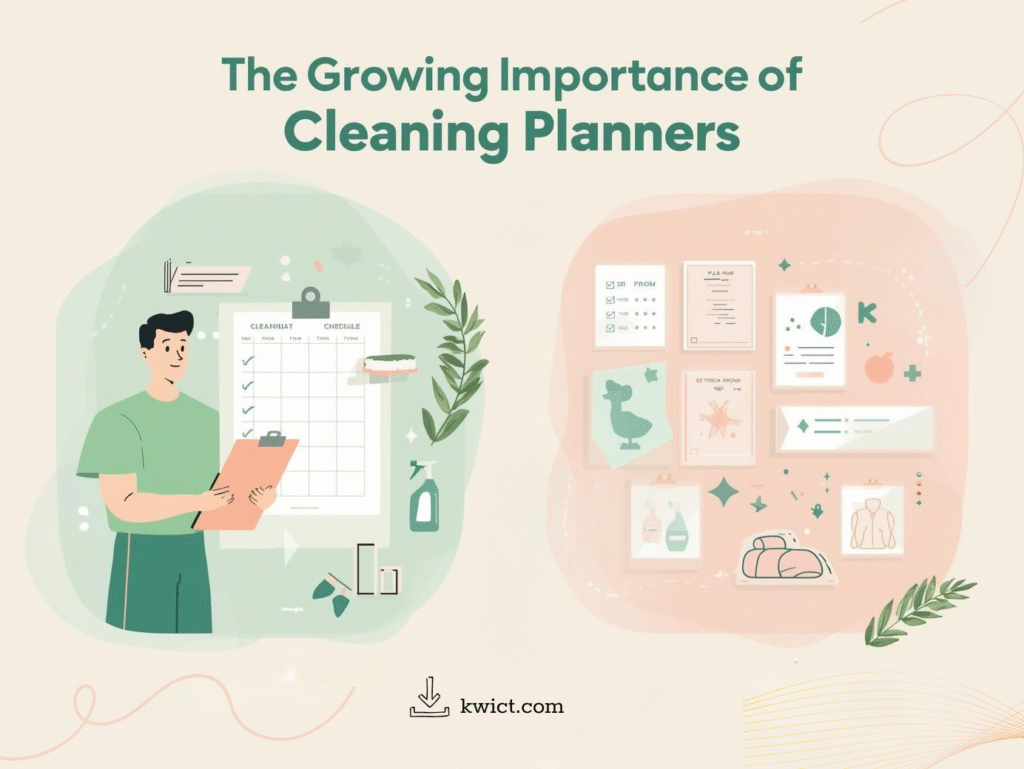Blogs
The Growing Importance of Cleaning Planners in Modern Home Management
1. Why Cleaning Planners Matter More Than Ever
As daily life becomes increasingly fast-paced, many people struggle to maintain a clean, organized living environment. Between demanding jobs, family responsibilities, and personal commitments, cleaning often becomes an afterthought—until clutter builds up and creates stress. This is exactly why Cleaning Planners have become such an essential tool for modern households. Instead of relying on memory or spontaneous motivation, a structured plan creates clarity, reduces mental load, and transforms cleaning into a more manageable routine.

A powerful aspect of Cleaning Planners is how they break down overwhelming chores into small, approachable tasks. By organizing your home maintenance into a household cleaning schedule, you can balance daily cleaning with weekly and monthly responsibilities. This prevents task buildup and helps you maintain a consistently tidy environment without burnout. For many people, simply seeing tasks written down—sorted by day or priority—creates a sense of control and reduces the anxiety that often comes with home upkeep.
Moreover, Cleaning Planners help you build long-term organizing routines that support a cleaner lifestyle overall. When cleaning becomes part of a predictable rhythm rather than a crisis response, your home stays neat with far less effort. This shift from reactive to proactive cleaning is one of the main reasons so many households rely on planners today.
2. How Cleaning Planners Improve Productivity and Reduce Stress
One of the biggest challenges in maintaining a clean home is lack of consistency. Without a guide, people tend to clean only when they feel motivated or when mess becomes unbearable. But Cleaning Planners remove the need for constant decision-making by giving you a ready-made path to follow. Instead of wondering what to clean next, you simply consult your weekly cleaning checklist and complete the tasks assigned for that day.
This level of structure naturally reduces stress. Decision fatigue is real, and constantly choosing what to clean drains mental energy. But with a planner, tasks are already sorted and scheduled. All you need to do is check them off—which itself becomes a motivating psychological reward. Every time you complete a task and mark it as done, your brain experiences a small sense of accomplishment, reinforcing positive cleaning habits.
Additionally, Cleaning Planners prevent clutter from spiraling out of control. When you do small tasks frequently, such as wiping surfaces or sweeping floors, mess never has the chance to build up. As a result, you avoid overwhelming cleaning sessions that require hours of effort. This consistent, bite-sized approach makes home maintenance more manageable, especially for busy individuals or families.
3. What Makes a Good Cleaning Planner

While Cleaning Planners come in many formats—digital templates, printable sheets, notebooks, or smartphone apps—most effective planners share core elements that help keep your home organized. A well-designed planner typically includes:
-
Daily routines for quick-maintenance cleaning tasks such as dishwashing, wiping kitchen counters, sweeping high-traffic areas, or making the bed.
-
Weekly cleaning checklists that cover deeper tasks like mopping floors, cleaning the bathroom, washing linens, or organizing the pantry.
-
Monthly or seasonal deep-cleaning goals such as washing windows, descaling appliances, decluttering wardrobes, or dusting ceiling fans.
-
Custom household cleaning schedules that adapt to your home’s specific needs, whether you live in a small apartment, a large house, or a home with children or pets.
-
Supplies tracking to ensure you never run out of essential cleaning products.
These components create a balanced system that keeps your home consistently clean while distributing effort evenly throughout the month. For households with multiple occupants, planners can also assign tasks to specific people, ensuring fairness and reducing conflict over who should do what.
4. Why Printable Cleaning Planners Are Especially Popular
Despite the rise of digital apps, printable cleaning planners remain extremely popular because they offer visibility, flexibility, and the satisfaction of writing things by hand. Unlike digital reminders—which can be ignored with a single swipe—printed planners act as a constant visual cue. You can place them on a fridge, binder, wall, or home office desk, making it easier to stay aware of your tasks throughout the day.
Printable planners are also highly customizable. You can rearrange pages, add sections, replace templates, or personalize layouts depending on your cleaning style. Some people prefer minimalistic pages, while others want detailed checklists for each room. Families with children can include chore charts, while pet owners can add schedules for vacuuming, grooming, or cleaning pet areas.
Another major advantage of printed Cleaning Planners is the tactile experience. Writing tasks, checking boxes, flipping through pages, and visually tracking progress builds a sense of connection and accountability. Many people find that physical interaction creates stronger habits and better long-term consistency than digital-only tools.
Making Cleaning Planners Fit Your Lifestyle
The most effective Cleaning Planners are adaptable. Instead of forcing a rigid structure into your life, they evolve with your habits, energy levels, and weekly demands. Some people prefer micro-cleaning sessions throughout the day, while others set aside time blocks for more focused cleaning. Whether you work long hours, stay at home, or manage a busy family, your planner can be customized to match your rhythm.
The key is to start simple. Begin with basic daily tasks and a light weekly cleaning checklist, then expand your planner as habits become easier. Over time, you’ll naturally create a cleaning system that feels effortless rather than stressful.


